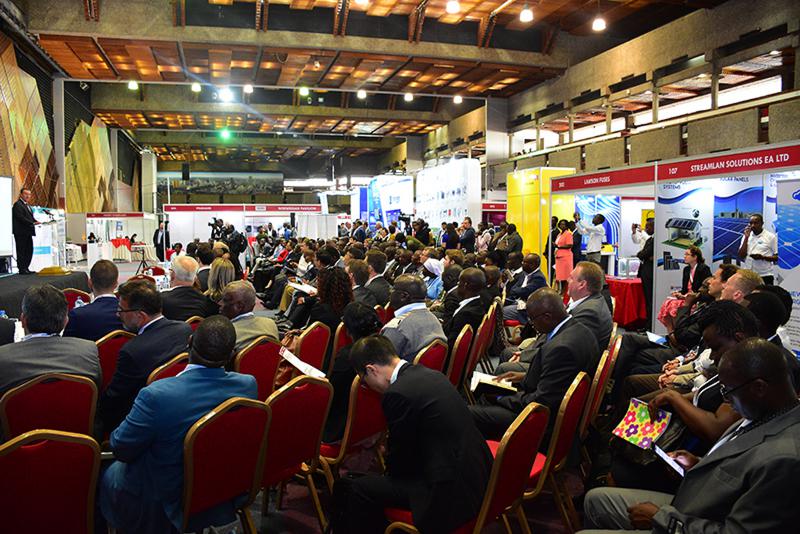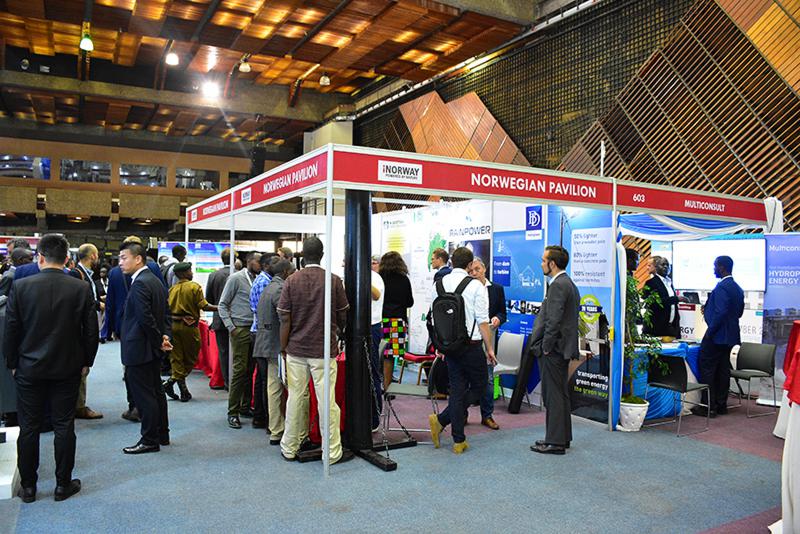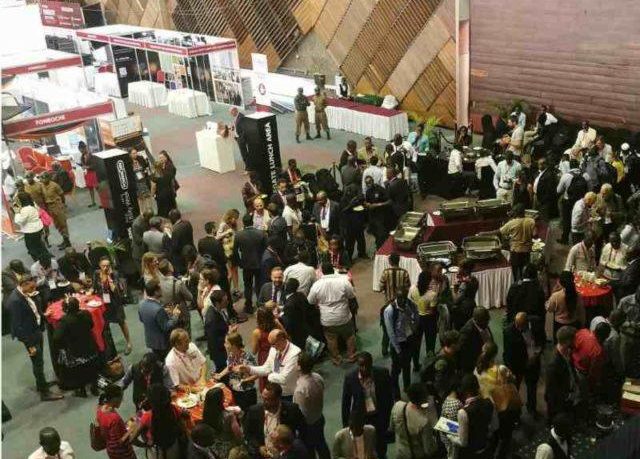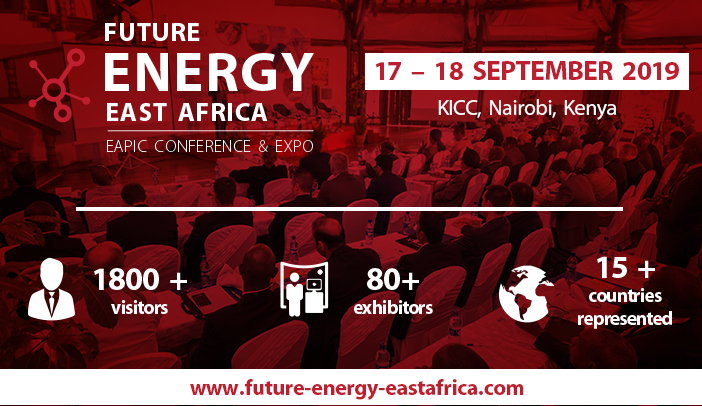- The Future Energy East Africa Forum which took place in Nairobi, Kenya last week, was jam packed and a roaring success.
- The event was officially opened by the Permanent Secretary for Ministry of Energy Kenya, Dr. Engineer Joseph Njoroge who welcomed all participants and delivered the key note address.
- The topics under discussion were highly relevant to the African energy context while exhibitors displayed the latest technology and services on offer.
In his opening remarks, Dr. Njoroge stated that reliable energy is a critical enabler to achieving Kenya’s Big Four Agenda as a contribution to the Vision 2030. The Big Four Agenda is based on the Vision 2030 which targets universal health care, affordable housing, enhancing manufacturing and food security. All these require energy to prosper in a sustainable way, he pointed out.
Kenya’s electrification efforts currently stand at 74%, and assured of achieving 100% electrification rates by 2022. “The government has put the favourable policies to ensure universal access to electricity by 2022. Kenya is on the path of an inclusive energy mix, and will include nuclear alongside solar, wind and hydro. Kenya is targeting to generate 20,000MW to meet energy demand, even as it transitions to become a middle income economy, said Dr Njoroge.
The event was also graced by Patrick Obath, chairman of the board of Standard Chartered Bank who stressed the need to unlock energy investments. “By 2040, roughly $80 billion will be needed to reach universal access to energy, this will have to come from the public sector”, said Obath.

Panel discussion under way at Future Energy East Africa.
Knowledge hub proceedings
Day one and two sessions were packed with discussions on topics like hydro-power, in particular small hydro and its benefits of cost, quick delivery and reliable base load supply. Small hydro, which includes so-called mini- and micro-hydro projects on small rivers and creeks, is most often defined as dams with a capacity up to 10MW, though some countries define it as including dams of up to 25 or 30MW.
Uganda, Tanzania and Rwanda were highlighted as case examples of where this has been implemented successfully. The challenges pointed out include the level of complexity of small hydropower system civil works and thus the investment cost per kW of installed power.
- Exploring the impact of wayleaves and land disputes for utility scale projects
- Revenue cycle management
- Reducing technical losses
- Solar technology, game changer
- Innovations in energy utilities for alternative revenues
- Locating fault in overhead lines
- Implications of the Fourth Industrialization on SHEQ
- 5G and its potential impact on electric utilities.

Exhibitors at Future Energy East Africa
















